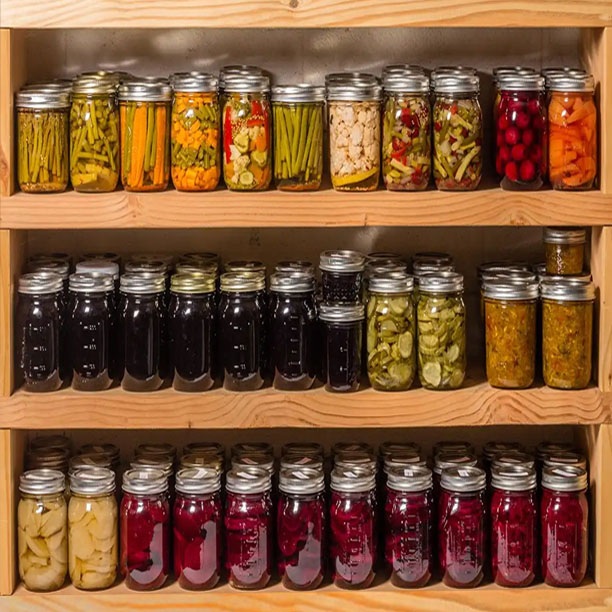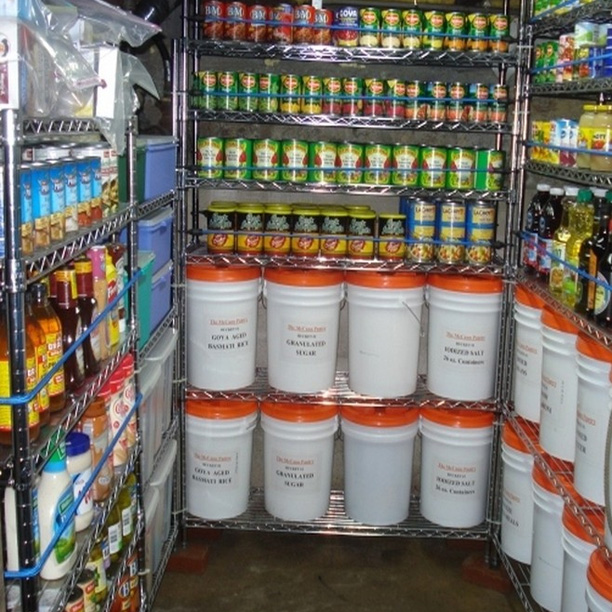Be Prepared, Not Scared: Why Long-Term Food Storage Matters
(and How to Start Today!)
Let’s face it, the world can be unpredictable. From natural disasters to economic disruptions, unexpected events can throw our lives into disarray. While we can’t control everything, there’s one powerful step we can take to feel more secure: building a long-term food storage stockpile.

Why is long-term food storage so important?
- Peace of mind: Knowing you have a backup supply of food can be incredibly reassuring, especially during uncertain times. It can reduce stress and anxiety, allowing you to focus on taking care of yourself and your loved ones.
- Independence: With a stocked pantry, you’re less reliant on grocery stores or outside help in case of disruptions. This can be crucial during emergencies or periods of economic hardship.
- Nutritional security: Long-term food storage can help ensure you have access to essential nutrients, even if fresh food becomes scarce or expensive. This is particularly important for people with dietary restrictions or health concerns.
- Cost-effective: Buying food in bulk when prices are low can save you money in the long run. Additionally, having a stockpile reduces the need for impulse purchases or expensive takeout during emergencies.

So, how do you start building your long-term food storage?
- Assess your needs: Consider how many people you need to feed and for how long. A three-week supply is a good starting point, but aim for longer if possible.
- Choose the right foods: Focus on non-perishables with a long shelf life, like canned goods, dried beans, rice, pasta, and dehydrated fruits and vegetables. Opt for low-moisture, high-calorie options for maximum nutritional value.
- Storage is key: Invest in airtight containers like Mylar bags or food-grade buckets to protect your food from moisture, pests, and light. Store your stockpile in a cool, dry place, ideally below 75°F (24°C).
- Rotate your stock: Don’t let your food languish in the back of the pantry! Regularly rotate your stockpile by eating older items and replacing them with new ones. This ensures freshness and prevents waste.
- Start small and build gradually: You don’t need to break the bank to get started. Begin by adding a few extra items to your grocery list each week and gradually build your stockpile over time.

Remember, long-term food storage isn’t about fear-mongering, but about preparedness and peace of mind. By taking proactive steps, you can ensure your family has access to nutritious food even in the face of unexpected challenges. So, embrace the empowered feeling of self-sufficiency and start building your long-term food storage today!
Bonus tips:
- Get creative: Explore options like freeze-dried meals or home canning for variety.
- Consider your dietary needs: If you have allergies or dietary restrictions, choose appropriate food options.
- Make it fun: Involve your family in planning and building your food storage.
- Don’t forget water: A clean, reliable source of water is actually more important than food.
By following these tips and taking action, you can build a resilient food storage system that empowers you to face the future with confidence.
Let’s all be prepared, not scared!